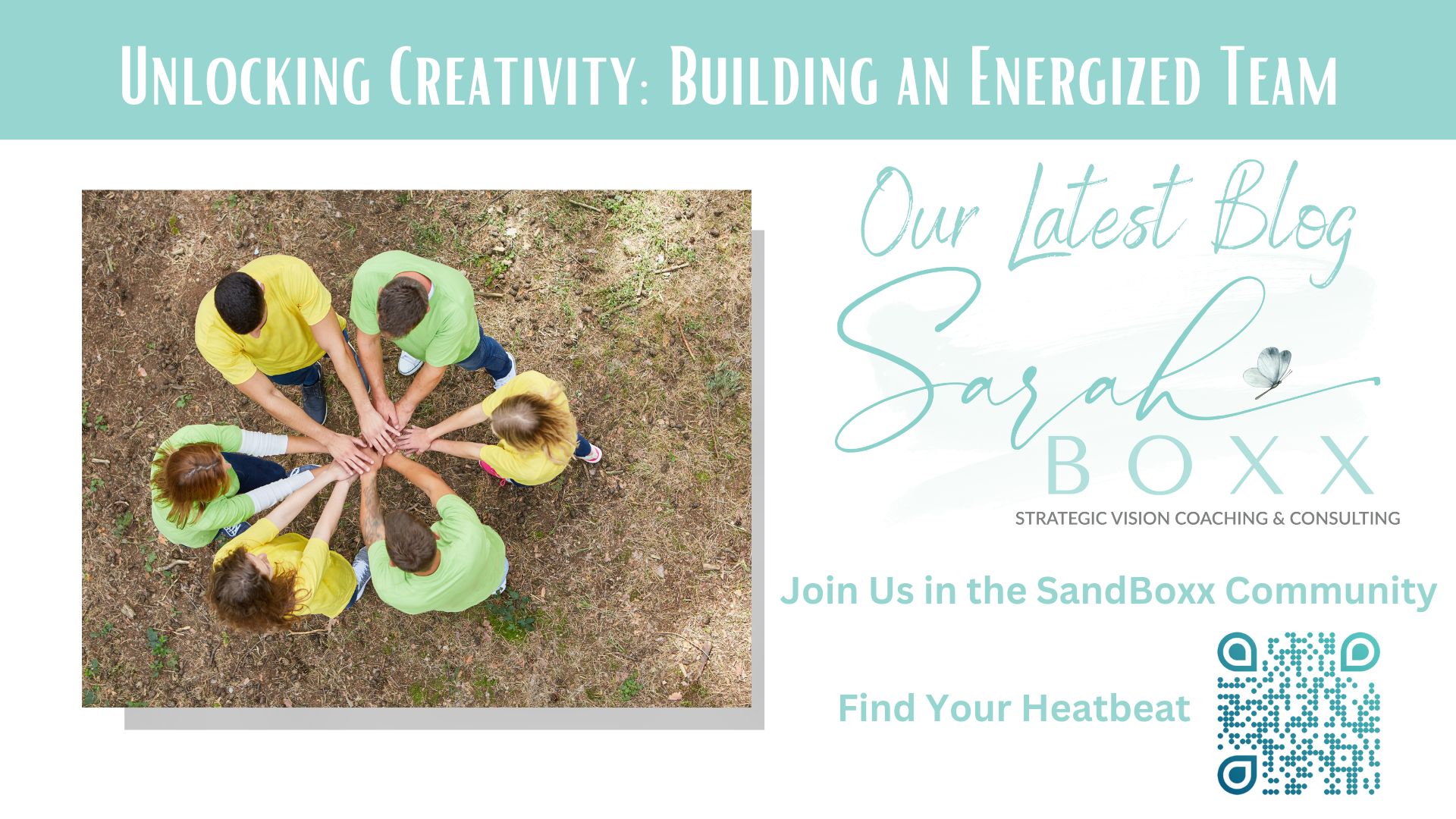You’re ready. You’ve got a big project looming on the horizon. Your business is growing and it’s time for a new direction. Before any of this important work can begin, you’ve got to create a plan that guides your action and helps you be successful.
In my post, The First 3 Steps to Strategic Planning, I identified the three keys to beginning the planning process:
- Decide why you are planning
- Determine who to involve
- Understand constraints
These three pieces have to be in place in order for concrete and measurable action to take place.
In this post, I’ll be diving deeper into the essentials of beginning the strategic planning process and specifically, why these aspects are important.
Determine Your “WHY”
As Steven Covey so famously pointed out, it’s always best to “begin with the end in mind.” Essentially this means identifying what you hope to accomplish through your work, before the project begins. It requires you to define success.
When creating a strategic plan, the first step is always to determine your “why” or purpose and motivation for completing a project. Without clearly defining your purpose, the “why” behind your work, it’s easy to lose motivation and give up when the work becomes difficult.
Next, you must outline your objectives, your end goal. In doing this, you create the target you are aiming for. This allows you to be more purposeful in your goal-oriented actions.
It also serves to unite all stakeholders under the same mission. When multiple people are involved in implementing a strategic plan, it is essential that all members are crystal clear on the overall objectives.
Without clearly defined goals and objectives, people will inevitably (although unintentionally) work against each other, rather than maximizing their strengths in working towards a common goal. You likely waste time and resources as you struggle to make progress.
Who are the people?
“Alone we can do so little; together we can do so much!”
-Helen Keller
Who are the people involved in making your goals and objectives a reality? Who are the leaders, stakeholders, the accountability partners, and the individuals responsible for taking the plan you’ve created and turning it into action?
It is important to consider not simply WHO will be participating in your work, but HOW and WHY they are selected. Choosing your stakeholders should be purposeful. An effective team consists of people who understand the overall mission and whose strengths add value to the collaborative group.
Plans are truly successful when each person involved knows exactly what their role and responsibilities are. This removes the need for one person to micro-manage the whole operation.
If tasks and responsibilities are clearly defined and divided amongst team members, you will be able to maximize the strengths of the group and use each individual’s skill set for the betterment of the team. Clearly defining roles and dividing responsibilities also ensures that important details are not falling through the cracks.
What is your timeline?
“The best thing for my creative process is a deadline.”
– Jeff MacNelly
No project can (or should) go on forever. However, without deadlines and due dates, it’s easy to procrastinate or spend more time than necessary on specific tasks.
Setting a realistic timeline for meeting your objectives is not only helpful but necessary. Knowing how much time you have to work with will allow you to make the best use of your people and your resources.
“Work expands so as to fill the time available for its completion.”
– Parkinson’s Law
What does this mean to successful planning? If something must be done in 3 months, 6 months or a year then it will. But only if you set a date.
It is helpful to not only set a project or goal completion date but to identify deadlines for individual tasks along the way. This will keep you on the right track and your project momentum moving forward.
Completion dates are crucial. They allow for the productive use of time and resources and prevent projects from stretching on endlessly. They also provide clarity for all team members and consistent expectations for work completion.
What are your resources and how will they be used?
Before you can begin working, you need to identify what resources you will need, where they will come from, and how they will be used.
This requires looking at your budget. What are the “4T” needs of your project? How much Time (meetings, development, testing, refining), Talent (staff, contractors, volunteers unique expertise and skills), Technology (communications, data, systems), and Treasure (financial resources) will it take to accomplish the goals?
Where will the funds come from? Perhaps you receive money through fundraising and donations? Maybe you plan to apply for federal grants or use revenue that already exists within your company. Planning for the acquisition and use of your funds and resources will allow you to use your resources responsibly and strategically.
There is a lot to consider in creating a strategic plan. If you’d like some guidance as you begin planning, schedule a 15-minute exploratory call with me, and I’ll help work through the process. Click here to schedule your call!




